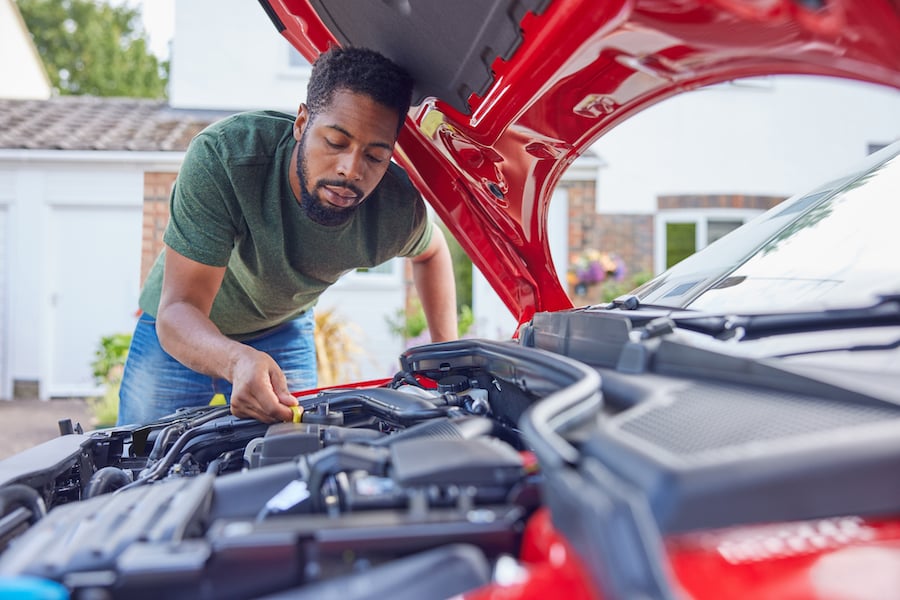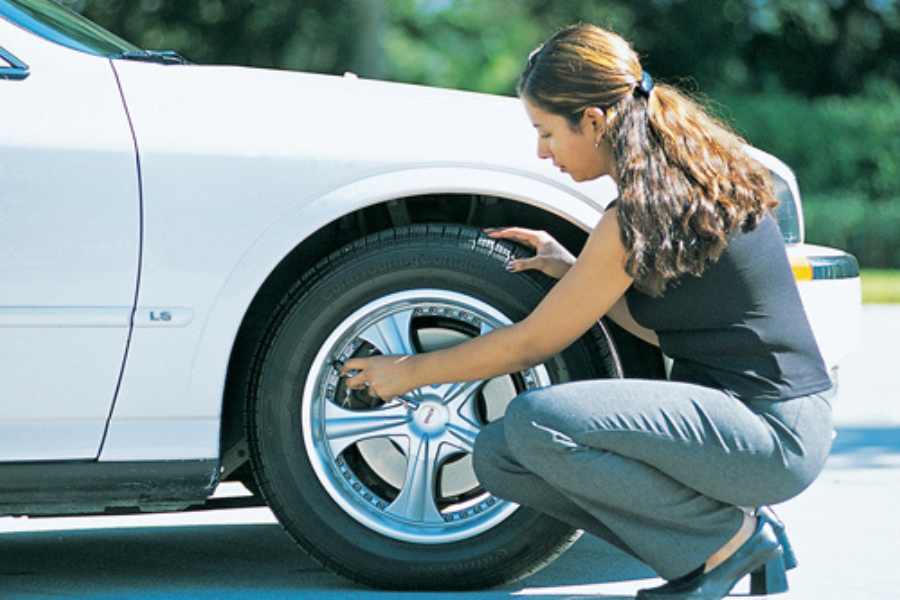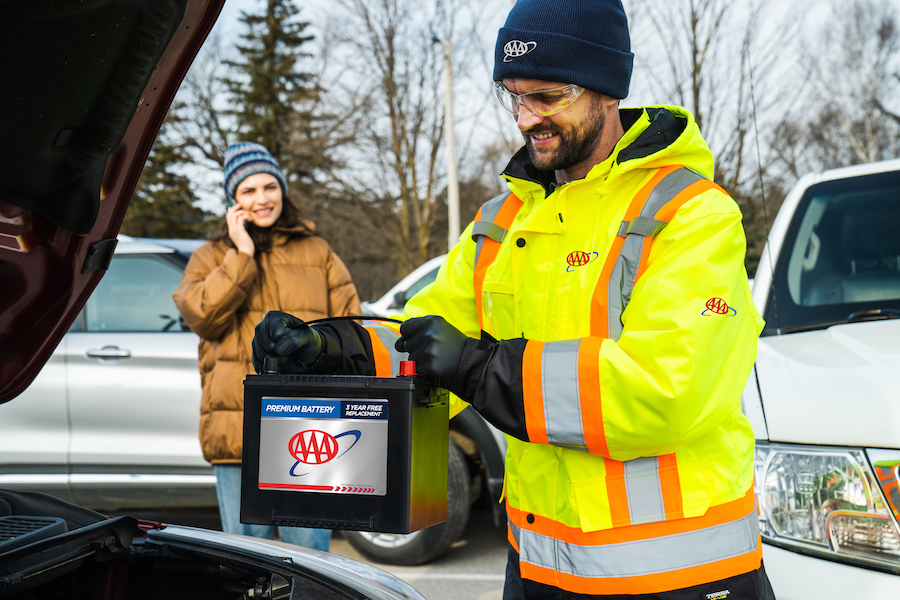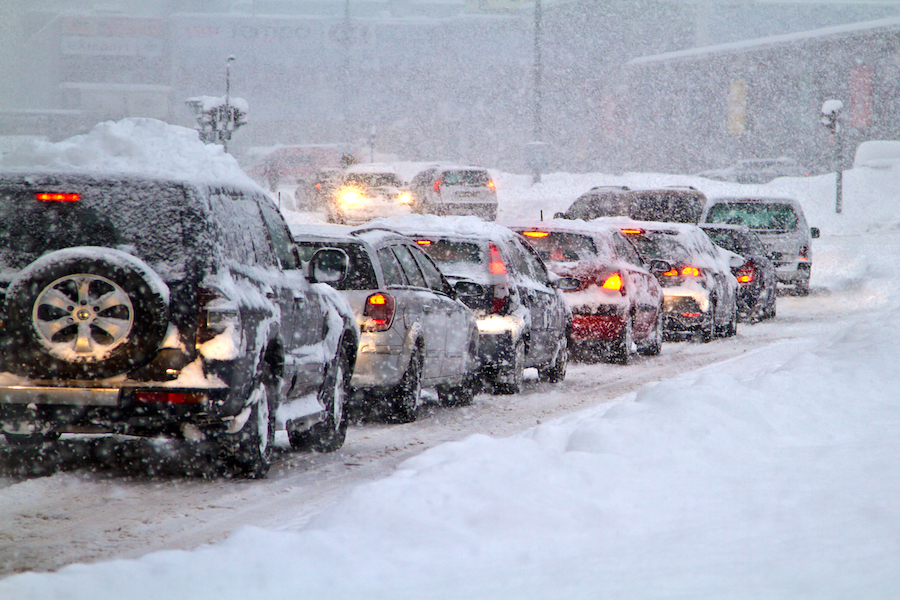Get Your Car Ready for Spring

Winter weather isn’t only tough on the outside of your vehicle, it can be especially tough on what’s inside under the hood – including your battery. These days, the demand for power from your battery is constant, from the moment you turn the key in the ignition until you turn it off and needs to provide power to more built-in equipment and connected devices than ever before. This includes everything from navigation systems and heated seats to portable music systems and cell phones.
After surviving the winter, it’s good practice to check the health of your battery, and follow a few spring vehicle maintenance tips, before thoughts turn to summer vacations.
Start with your tires, even if you drive on “all season” tires. Heavy, consistent snow and ice require snow tires, which absolutely should be replaced with the non-snow variety. If you drive on all-season radials, now is the time to rotate them. By rotating tires seasonally, you extend the life of the set.
Windshield wiper blades also take a beating during winter weather. Cold temperatures are hard on rubber compounds, and they are assailed with slush kicked up by traffic. This slush often carries with it corrosive salt used to melt road ice, which can do a number on your blades. Early spring is a good time to check and replace them if necessary. Check your windshield fluid as well, since there’s a good chance winter’s dirt has exhausted the reservoir.
Examine your brakes. Like wipers, brakes take on a bigger role during wintertime and should be checked to ensure that they’ve survived. Listen for brake noises such as grinding, chatter, or squeals. Even if your brakes aren’t making any distinctive noises, it’s still a good idea for you or your mechanic to determine the amount of wear on the pads or drums. We often become accustomed to the feel of worn brakes, without realizing what we’re used to is a deteriorated ability to stop.
Check all automotive fluids and top off as necessary. Winter driving conditions require your engine to work harder and condensation can cause moisture build-up in the engine that creates wear. If your car is due for scheduled maintenance, have the oil changed and be sure to use the proper formulation and viscosity recommended by the vehicle manufacturer. Many automakers now require special, fuel-conserving, low-viscosity semi- or full-synthetic engine oils for year-round use.
Go over the interior of your vehicle. This includes taking out and washing floor liners. Vacuum and clean the carpets, and make sure they are dry before you put the liners back in.
Now you’re ready for warmer temperatures. Of course, soon you will need to prepare your vehicle for the long, hot summer that’s right around the corner.
Inspect your battery. Check the cables and terminals for corrosion/oxidization and clean if necessary. Also, ensure that the battery is not bulging or cracked in any way.
Some signs other your battery may need to be replaced after the long winter are:
- Your vehicle cranks slowly when trying to start
- You hear a grinding, clicking or buzzing when you turn the ignition on
- Your vehicle has stalled
- Your headlights dim when you are idling but brighten when you rev the engine
If the battery is more than three years old -- or you feel it may be failing -- it’s best to call AAA Mobile Battery Service and have a trained battery technician drive to your home or office to test your battery and charging system. If necessary, your battery can be replaced on the spot.





